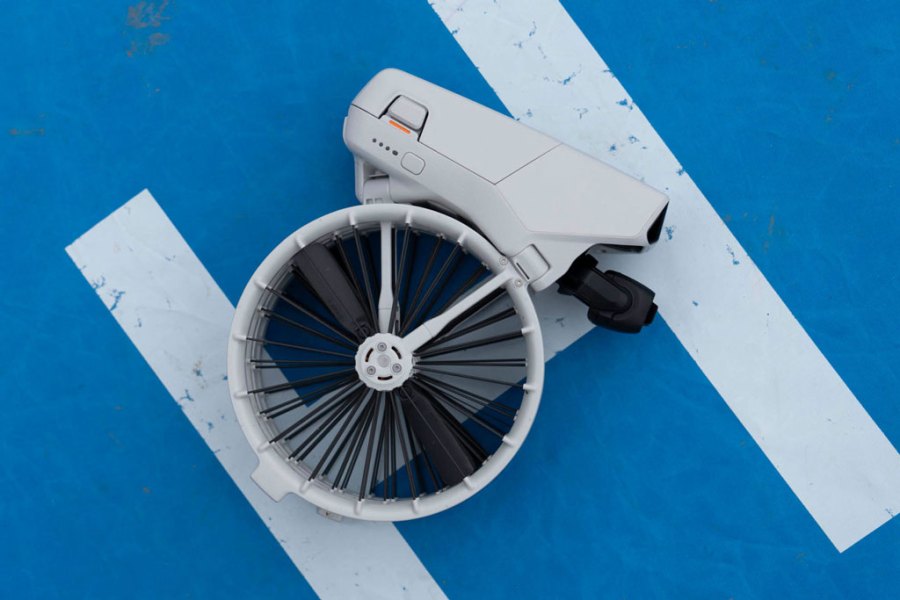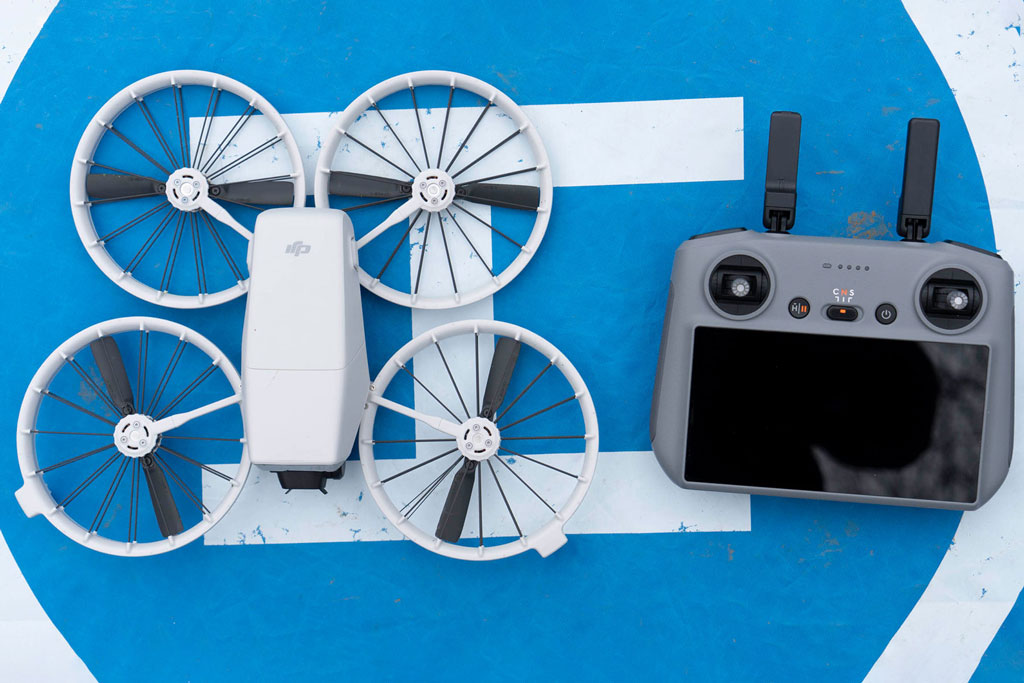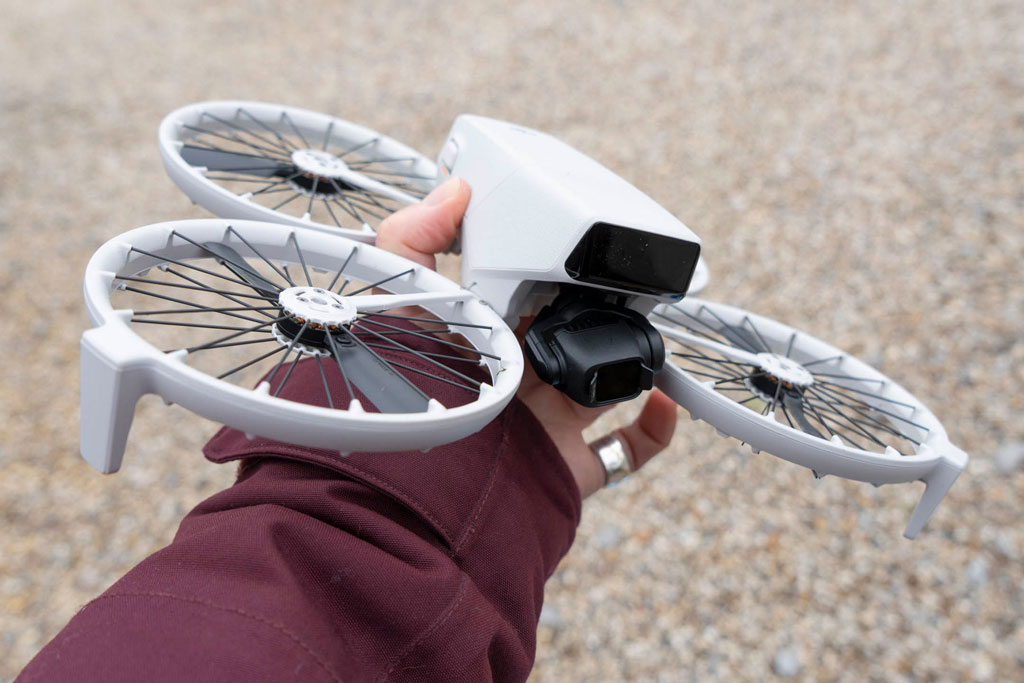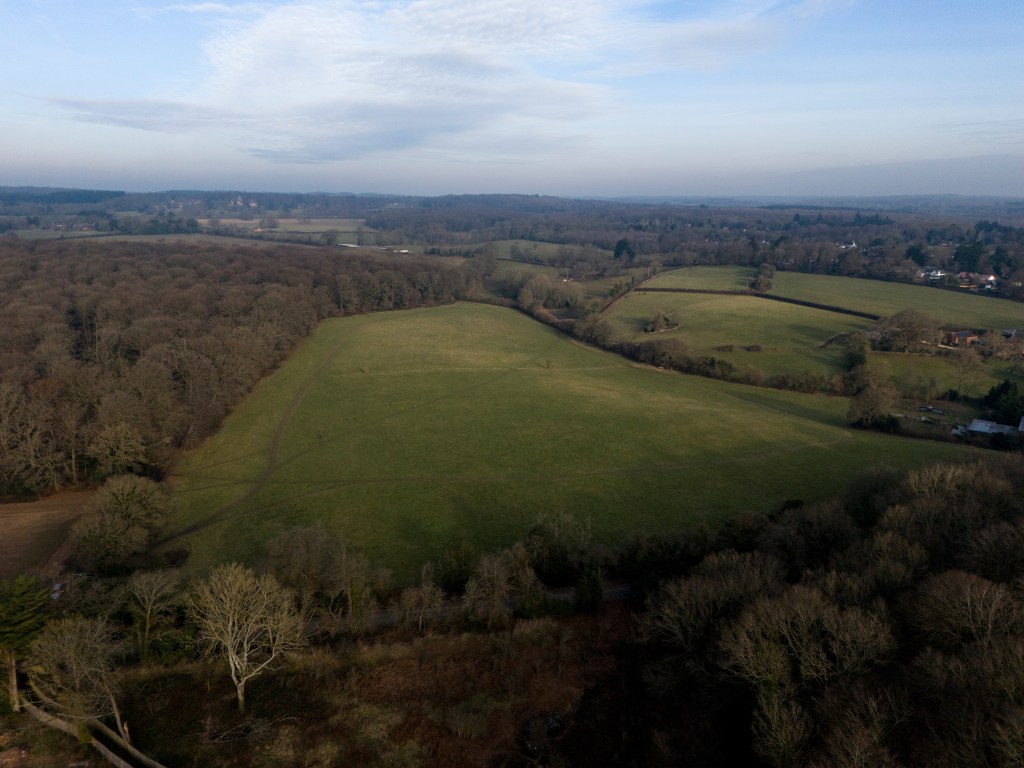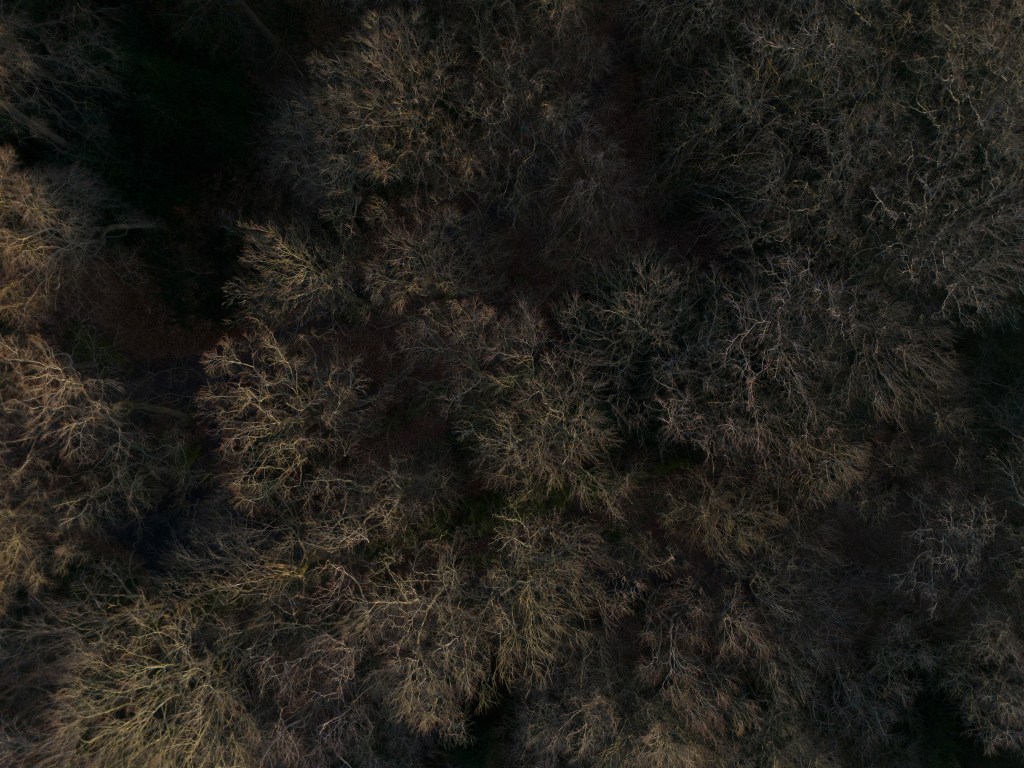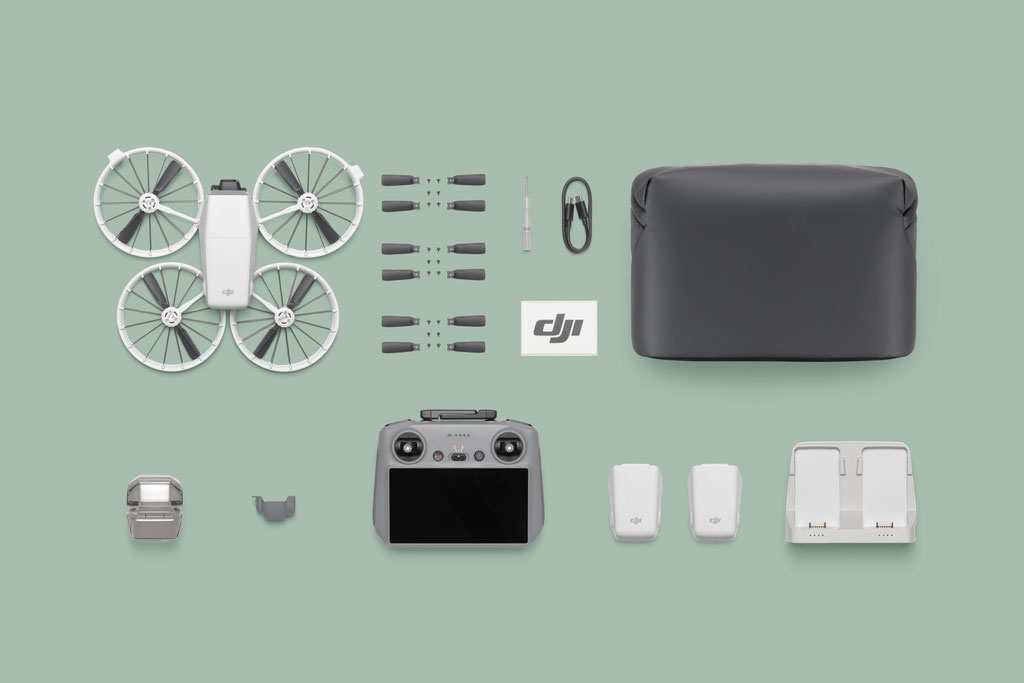Amateur Photographer verdict
The Flip is an excellent choice for more novice pilots and those wishing to benefit from its autonomous flight and vlogging capability.- 3-axis mechanical stabilisation
- Good quality stills and video
- 4K video recording
- Propeller guards
- Only shoots in horizontal format
- Guards make it more prone to wind movement
- A bit noisy
DJI Flip – at a glance:
- $439 / £369 with the DJI RC-N3 controller
- $639 / £549 with the DJI RC2 controller
- Drone with integrated camera
- Integrated foldable propeller guards
- Weighs less than 249g
- 12/48MP 1/1.3-inch CMOS sensor
- Max video resolution of 4K (3840×2160) at 24/25/30/48/50/60p/100p
- 24mm equivalent f/1.7 lens
- 3-axis mechanical stabilisation
- dji.com
The Flip is a new entry-level drone from the world’s biggest drone manufacturer, sitting above one of the best drones with cameras, the DJI Neo in DJI’s line-up. As it has the same camera system as the DJI Mini 4 Pro, including a 1/1.3-inch sensor with the ability to output 12MP or 48MP images, the Flip is a more attractive choice for would-be aerial photographers and videographers than the Neo, which has a 12MP 1/2-inch sensor.
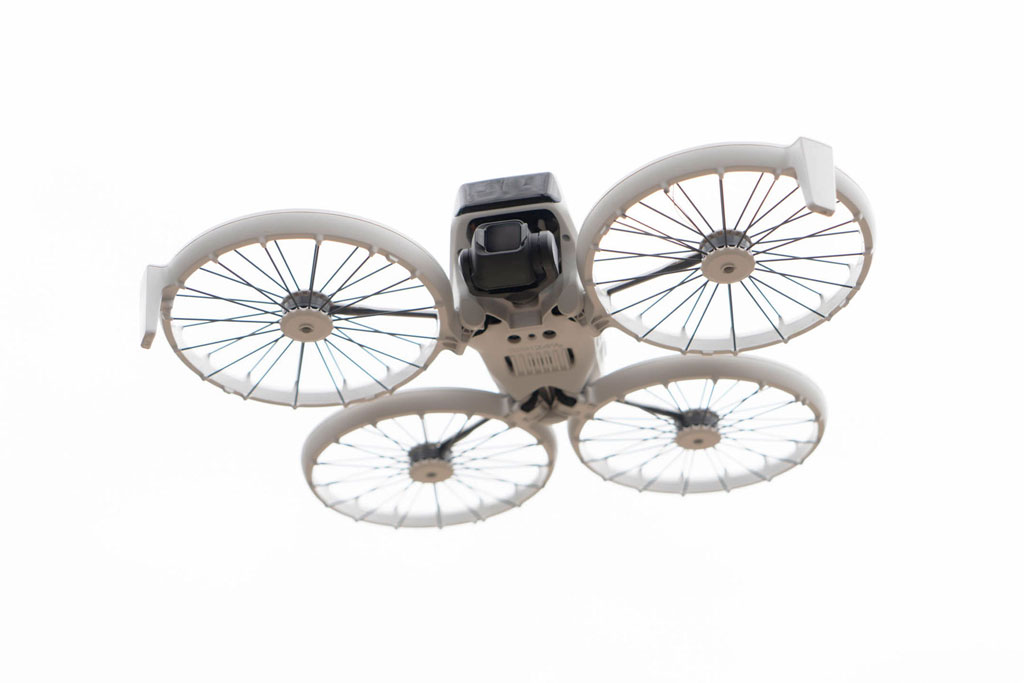
Crucially, like the Mini 4 Pro and Neo, the Flip weighs less than 249g which means it’s regulation-friendly and UK-based pilots only need to get an Operator ID from the CAA to fly it. With that sorted within a matter of minutes, and the drone marked accordingly, your only concerns are avoiding flight restriction zones and seeking the landowner’s permission to take-off and land.
DJI Flip – Key Highlights
- Integrated Propeller Guards – Unusually, the propeller guards are fixed to the drone and fold under the body for transport
- Propellers – The four propellers are user-replaceable from within the guards and require a small screwdriver
- Object detection – There are downward-facing and forward-facing sensors to help avoid objects in flight
- Controller-free flying – Autonomous flying modes allow you to fly and shoot without a controller
DJI Flip – Folding design
Like most of DJI’s drones, the Flip has a folding design to make it easier to transport between flights. What sets the Flip apart, however, is that its propeller guards are fixed in place and fold beneath the drone’s body. Also, when a charged battery is installed and the guards (and propellers) are unfolded, the drone’s engines start up ready for flight.
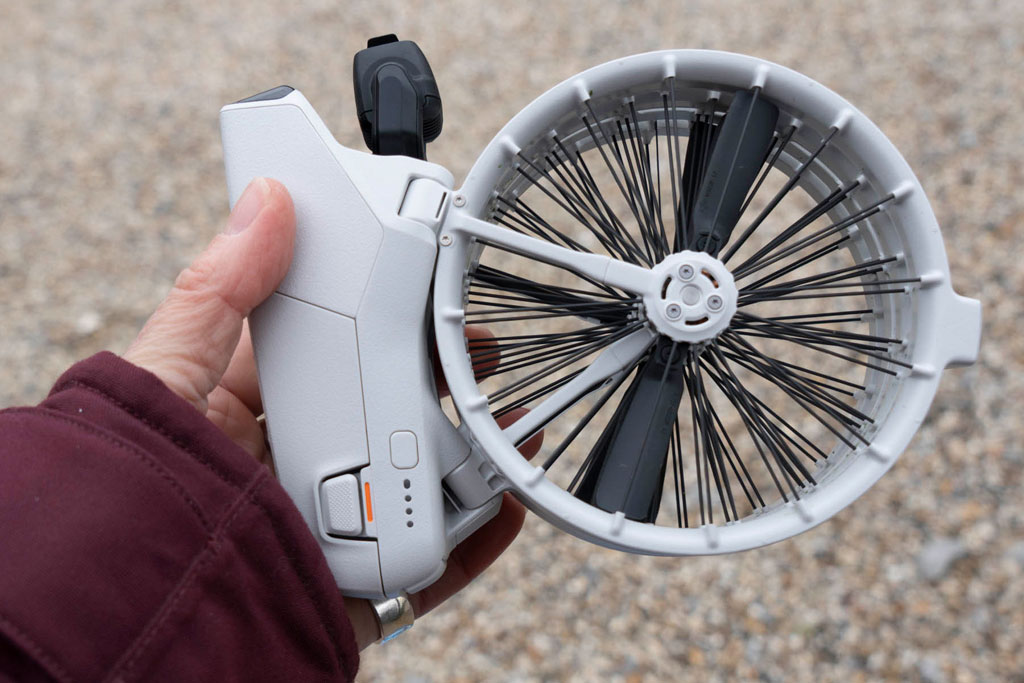
The propeller guards are made from lightweight polycarbonate that’s 1/60th of the weight of guards made from regular polycarbonate. With their white rims and black polycarbonate spokes, the guards look like small bicycle wheels, but they do a good job of keeping leaves, twigs and fingers away from the spinning propellers. I’m a chicken when it comes to drone propellers, but I felt confident allowing the drone to take off from and land on my palm.
DJI Flip – Easy flight
Although DJI sells the Flip with a choice of two controllers, it can also be flown without a controller or using your phone as the controller. Using your phone with DJI’s Fly app allows you to take manual control using virtual control sticks, but it’s also possible to use the drone’s mode button to toggle through the intelligent shooting modes (Follow, Dronie, Circle, Rocket, Spotlight, Helix, and Boomerang) and leave the craft to its own devices. The onboard AI subject tracking does a great job of keeping the subject in the middle of the frame as it or the drone moves. Those modes are also available when you’re using a controller or your ‘phone, and with the latter, they can be accessed via voice-control.
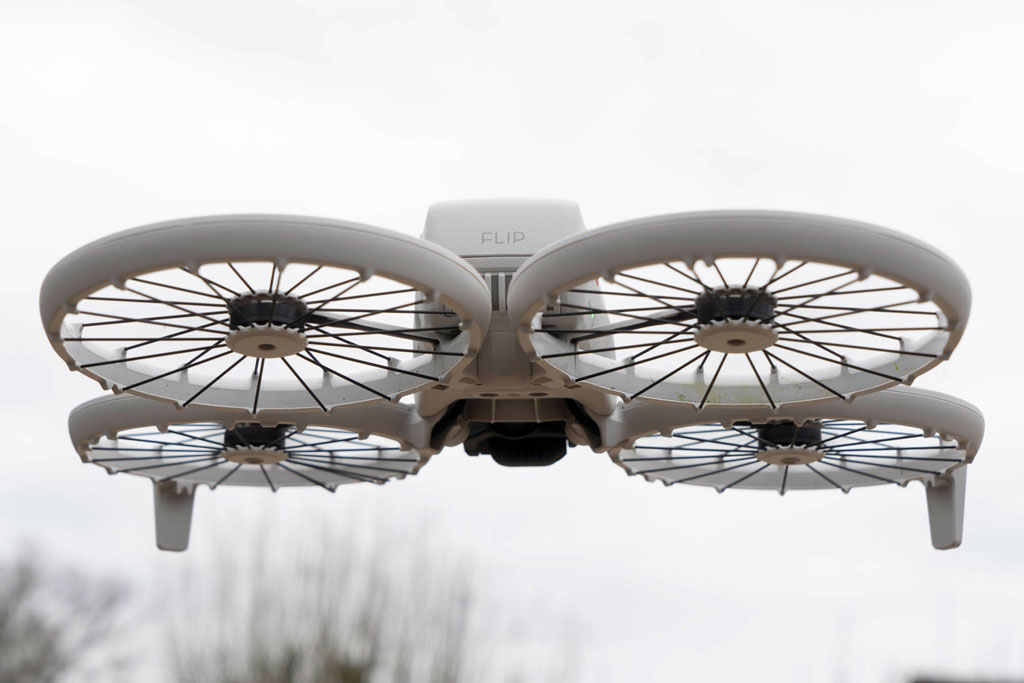
Helpfully, the drone’s audio system tells you when the flight mode has changed – that’s important because the mode dial is easily pressed accidentally.
Unless you need to travel very light, I can’t see a reason to use a phone to control the drone when you have a controller, but the system works well and the drone is responsive. The ability to fly without a controller, however, could be useful for vloggers as it means you can capture footage or images of yourself without anything in your hands. Again, this works well, but it’s important to ensure that you have plenty of space around you before you take off or switch flight mode.
Helpfully, DJI’s Fly app can be used to record audio using your phone’s onboard microphone or an external unit while the drone records video. The app does a decent job of removing the sound of the propellers.
While DJI claims a maximum flight time of 31 minutes with the Flip, I found around 21 to 25 minutes to be closer to the mark. The low-battery alarm usually starts up when there’s around 5 minutes of battery life remaining, but you can override the automatic return-to-home feature to get more flying time.
The gimbal can only shoot in horizontal orientation (tipping up and down). But it does a great job of smoothing out a fair degree of poor flying technique (in manual flight mode) and buffeting by the wind. However, the propeller guards seem to make the Flip more prone to wind movement than an unprotected drone. It’s also a noisy drone and its high-pitched whine is like a magnet for passing dogs.
DJI Flip – Fly More Combo
In addition to the kits with the two different controllers, DJI offers the Flip as a Fly More Combo with the DJ RC2 Controller. The DJI RC2 is the best controller as it has its own screen, which means you don’t need to use your phone. This package retails for $779 / £659 and includes a total of three batteries, a charger that can accommodate four batteries, spare propellers, a small screwdriver and a neat shoulder bag.
DJI Flip – Our Verdict
The results from the DJI Flip are good, especially in sunshine, and it’s capable of producing very attractive video that matches that from the more expensive DJI Mini 4 Pro. While the Mini 4 Pro makes a better choice if you want to fly manually, make longer flights, shoot a lot of portrait-orientation footage or have omni-directional object avoidance, the Flip is an excellent choice for more novice pilots and those wishing to benefit from its autonomous flight and vlogging capability.

Related reading:

